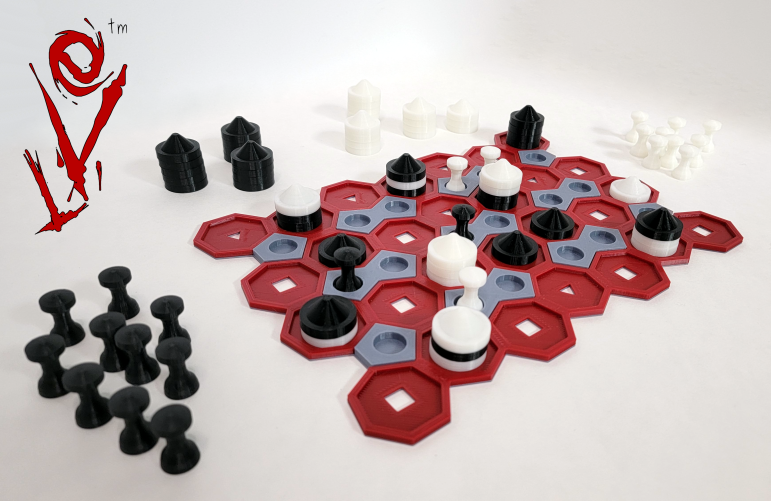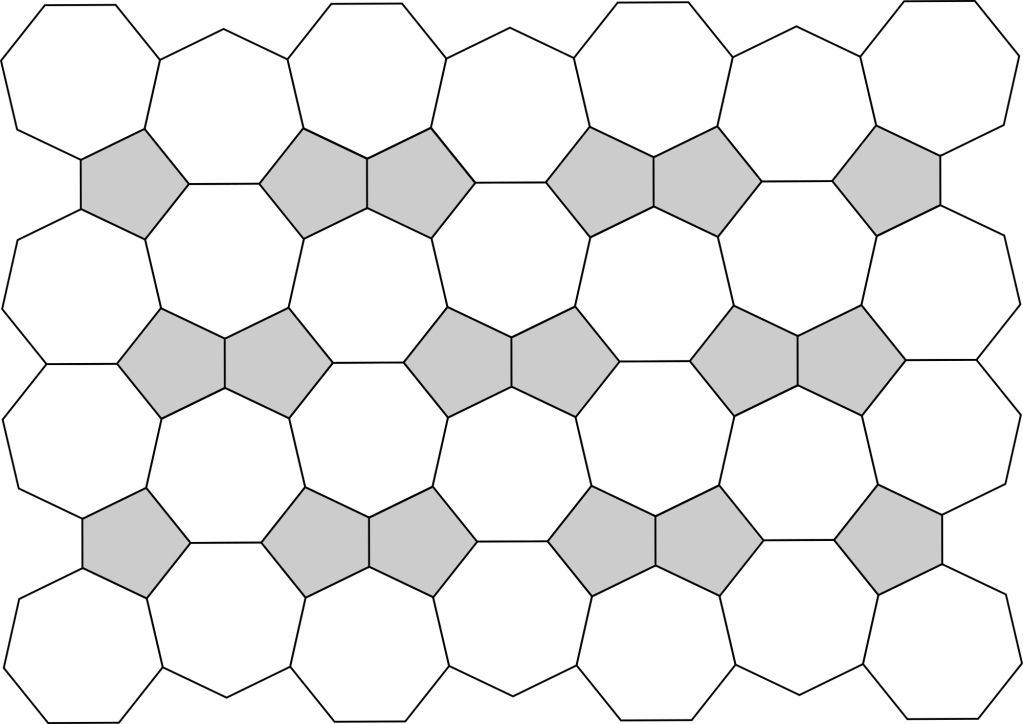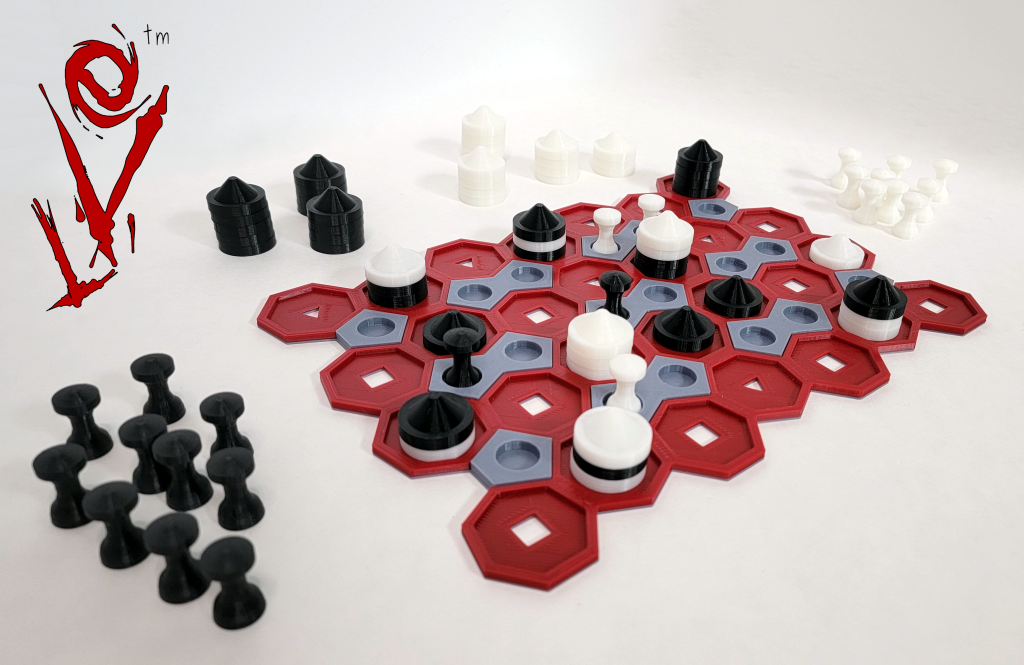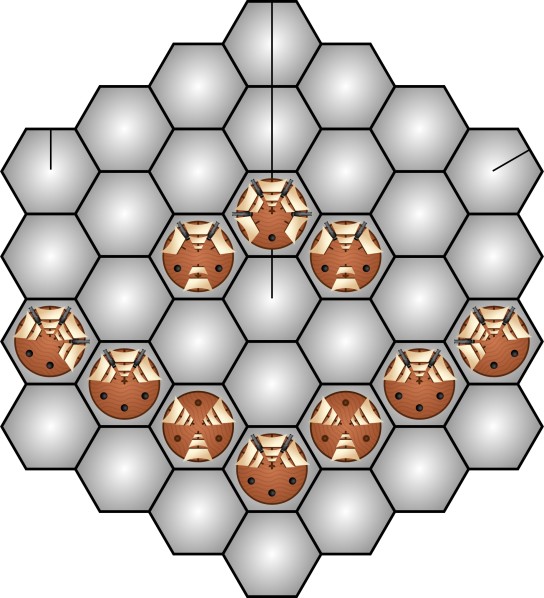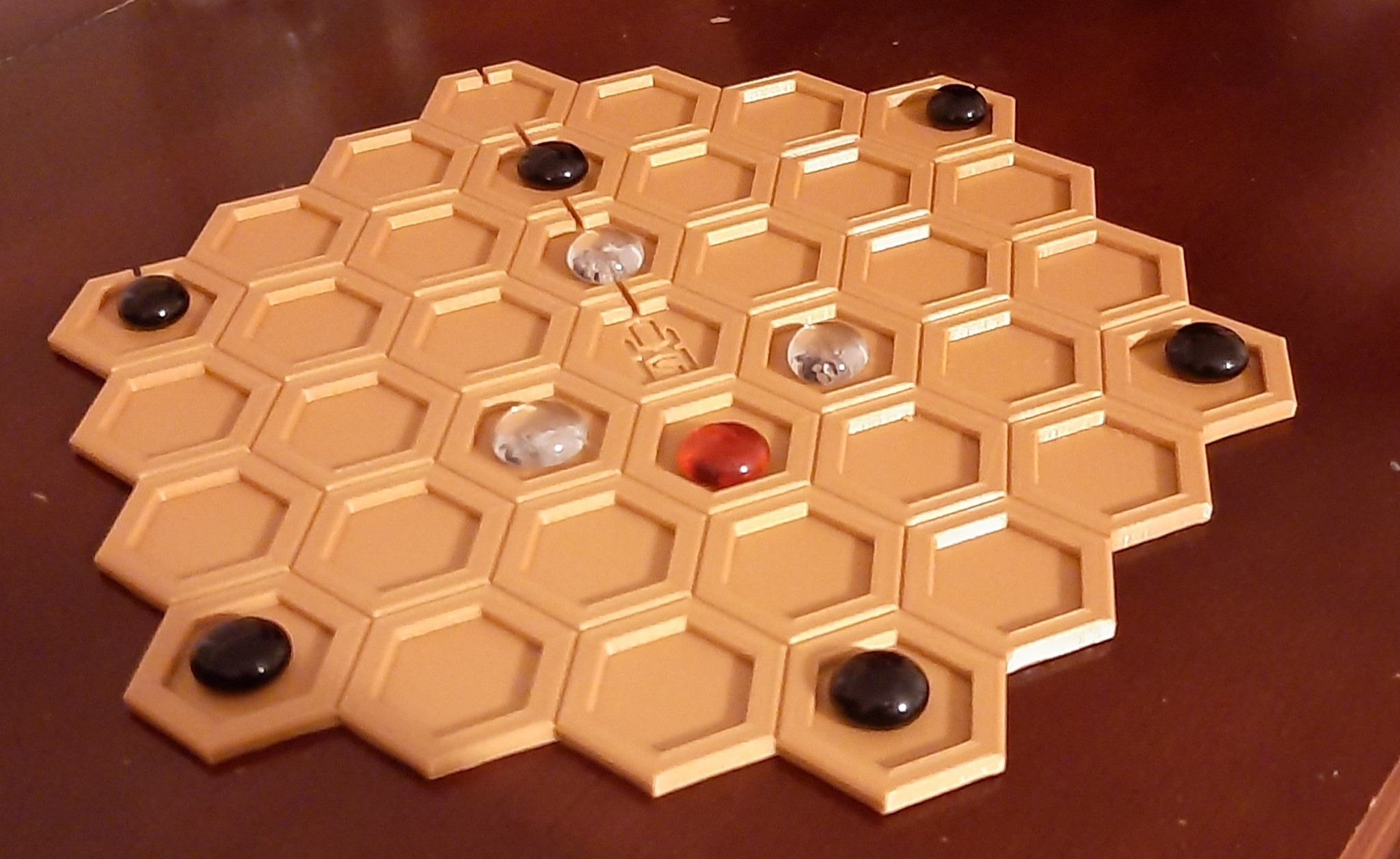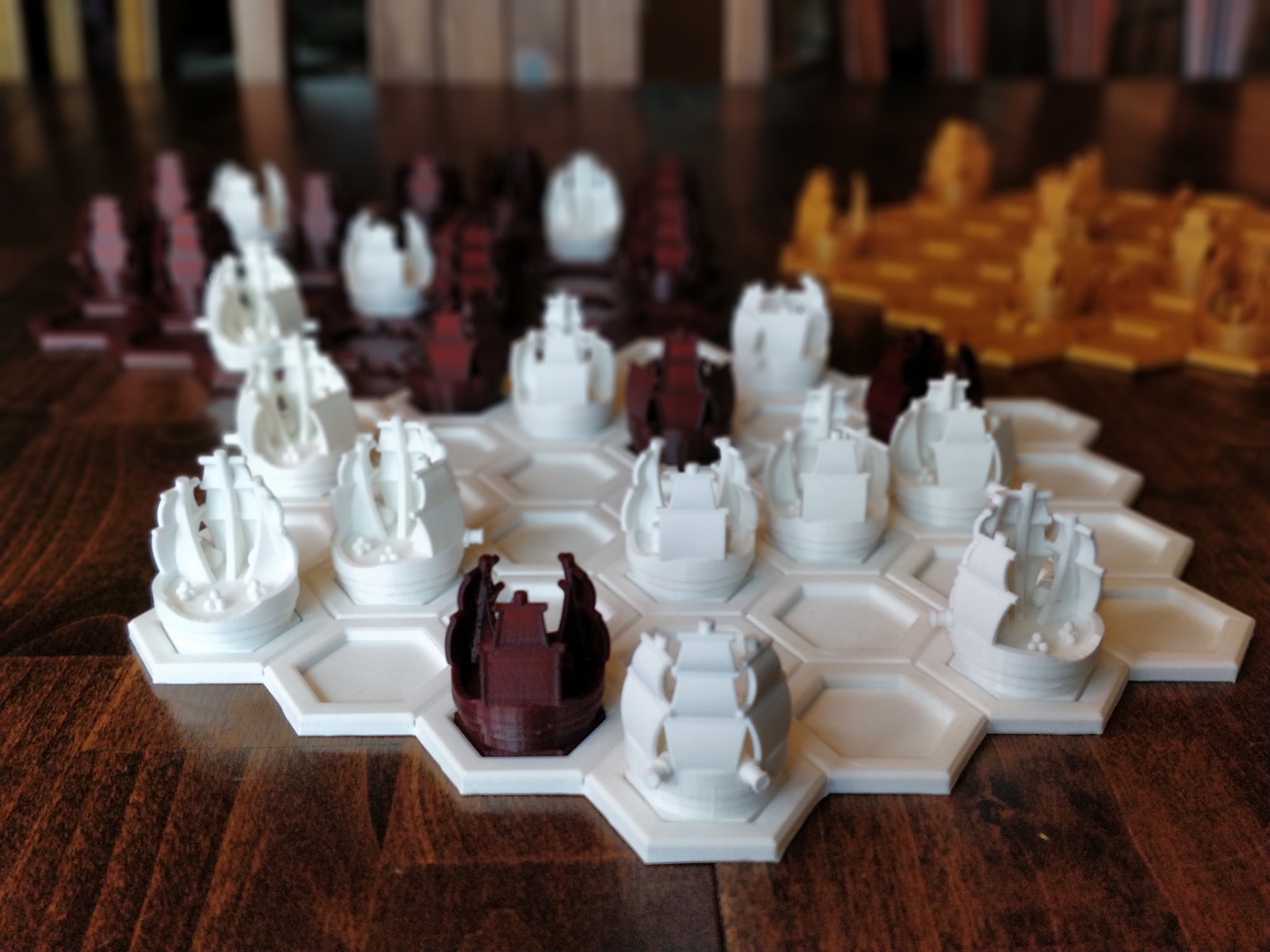NXS: Man-o-War has been reviewed by The Board Game Kaptain!
Spoiler alert: NXS received a 8.5/10! They used words like “wonderful” and “brilliant” to describe NXS. I am absolutely over the moon about this review, and I thought it would be fun to write my own review of their review.
The story
The first thing to understand, is that finding a board game reviewer that isn’t actually openly hostile (or at best apathetic) towards abstract strategy games is a challenge. It’s just a fact of the genre. People go nuts for anything with dice and cards, but an abstract? Not so much.
I was looking for reviews of a couple of games from XV Games. I was working out a game trade with their owner, and I wanted to see which ones held the most interest for me. A review of Chartae by The Board Game Kaptain came up at the top of my YouTube search. I was immediately impressed with his format. He talks about the game, he does a mini tutorial of the game, he reviews the game, and finally he gives it a rating. I really appreciate this format. It gives an excellent overview. I also appreciate that he has co-reviewers on with him. Sometimes it is Alex, sometimes Lynn, but it is nice to have a couple of different perspectives on each game.
I was thrilled to find a reviewer that wasn’t apathetic towards abstract strategy games. In fact, he has a whole bunch of them! I spent quite a bit of time watching all of his abstract reviews, and I thought to myself “I’ve got to get this guy (and his team) to review NXS!”
My assumption going into it was that he wouldn’t be too keen to review a game that wasn’t commercially available in the traditional sense. I am still self-publishing NXS by printing copies as fast as I can on my home 3D printers. You aren’t going to find NXS in your local game store. But to my surprise, he seemed more than happy give NXS a look! So off in the mail went a copy. The “Deluxe Nautical Colors” edition to be exact.
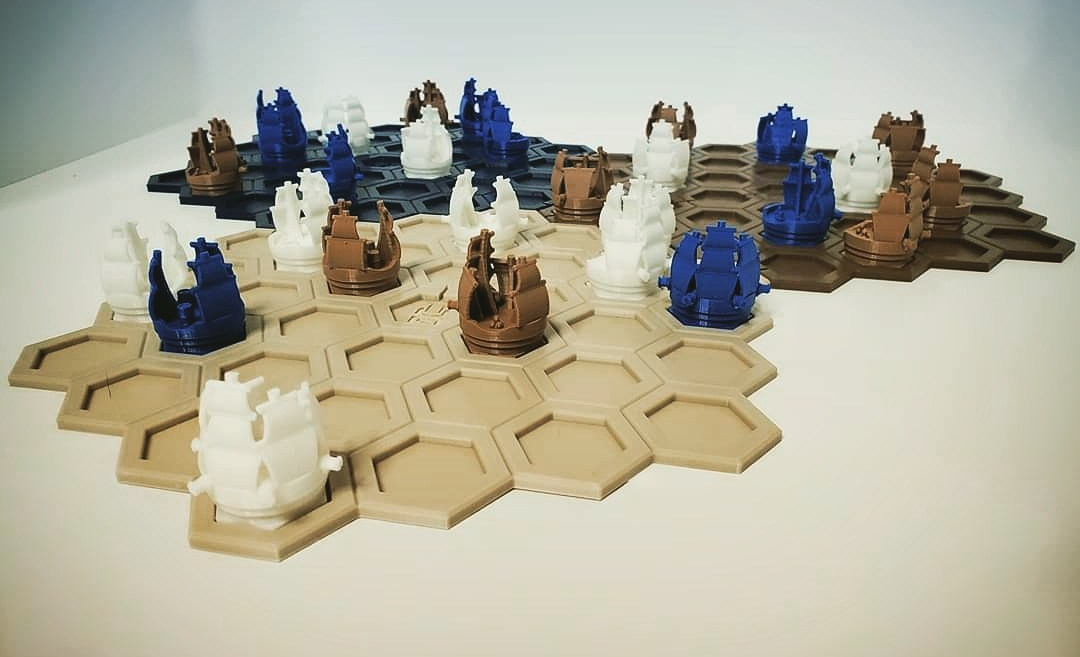
I waited nervously for my review. Would they love it? Hate it? A couple of pictures of games in progress showed up on his Instagram, which I took as a good sign. Then I got an indication that he must at very least not hate it. The Kaptain contacted me and told me he wanted to purchase a copy to give away in a contest! Wow, what an honor! A bit later, he also gave me a hint that the game was going to get a good review.
But how good is good? I may be wrong, but I am *fairly* sure that in all of the abstract reviews I had seen on his channel, I had never seen better than a 9/10. I might be mistaken, but I think that is right. And what that tells me is that a 9/10 is as good as it gets. So I was very hopeful that I might get something 7.5 and up. An 8 would have made me very happy.
And then, my Christmas present arrived early. The Kaptain released his review of NXS on 12/24, and I received an 8.5!
As is usual with his reviews, the Kaptain (and Alex) discussed the game. They were very impressed with the physical components. They really enjoyed the Age of Sail theme. They weren’t too impressed with the box, but that is fair and expected. I’m still running through my supply of old boxes. Hey, they’re expensive 😉 My new box design will be beautiful (IMHO).
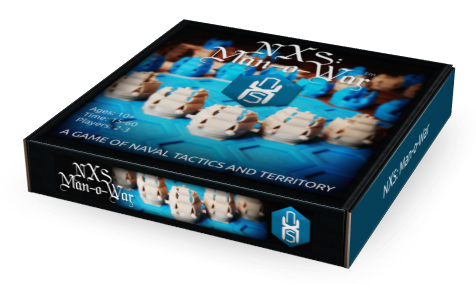
The one (minor) negative that they did mention was the price. The Kaptain said that $50 was a bit pricey “for an abstract”. From one point of view, that’s fair. Certainly your average abstract is more like $30-$35. He went on to mention that I was 3D printing them myself, and that probably had something to do with it. Let me tell you, it does! $50 is only high if you are comparing it to games that are mass produced in China. Don’t get me wrong, I want to do that some day, and reduce the price. But for now, NXS is *very* small batch (boutique if you will), and made in the USA. Once I add up the cost of printer filament, boxes, rule-books, etc… Let’s just say I am not exactly getting rich here, lol. Also, are you paying $50 for an “abstract”, or for a box of 42 paint-able “minis”? I bet if I was marketing them as minis, $50 wouldn’t seem high at all.
Oh, and let’s not forget shipping. $50 includes “free” shipping in the US. For those not in the know, there is no such thing as free shipping. Especially if you are not a big company that ships millions of orders a year (and so probably get a huge bulk discount). For those of us “boutique” creators, we have to go down to the good old US post office and pay $10-$15 per box (don’t get me started on international shipping). You would think that people would rather pay the “real” price of the product, plus whatever shipping costs. But you see, Amazon has spoiled us all. It’s a running joke (that isn’t a joke) in the industry that if your game is $40 + $10 shipping, the customer will balk at it. If it is $50 with “free” shipping… sold! It is absolutely true, and an odd quirk of human psychology.

Then they moved on to the tutorial part of the review. The Kaptain did an excellent job of explaining the rules of NXS in a very easy to understand way. I was impressed. Then they played through a few turns including piece capture and blocking, as well as explaining what territory was captured. The only mistake was that Alex was treating his piece rotations as optional. They are actually mandatory.
I often get asked why the rotation is mandatory. I have found over the years that having optional rotations disrupts the flow of the game. Too many times, you will be sitting there waiting for your opponent to either rotate or tell you they pass. They didn’t want to rotate, but didn’t tell you. Forcing the rotation creates a definite end to your turn. It also has the benefit of making the game situation more dynamic. On the other hand, there is nothing wrong with having a “house rule” where you can pass on rotating.
After the tutorial comes the review. It was stellar. As I mentioned before, they used words like “wonderful” and “brilliant”. Alex called it “a game made for me.” They wondered if it was my first game design (it is), but said it was impressive it whether it was my first or my 20th. They really liked that there were three different setups to the game (short, medium, and long). They seemed to really like the tactics created by the diagonal capturing and capture blocking (take that companies that said diagonal capture wasn’t intuitive). They seemed impressed by the rule-book. Basically, they had nothing negative to say.
Except about the name NXS. I get it. I really do. I spent 20 years calling the game Nexus. But when I went to add the game to Board Game Geek in 2015, there were 10 other games called Nexus! I know, I know, sometimes there are more than one game with the same name. But I just couldn’t. I’m the kind of person who will never have a username like Kevin136781. I will try and try until I find a unique username, and I certainly wasn’t going to have my game with the same name as 10 other games. So how do I call it Nexus without calling it Nexus? Well, I drop the vowels and spell it weird. Voila, a completely original name pronounced like I had always pronounced it. And if a few people mispronounce it? Such is life. The Kaptain made a similar comment during the review.
In conclusion, I would like to thank The Board Game Kaptain, and Alex, for the amazing review. If you are a fan of abstracts. If you are a fan of board games. Subscribe to this YouTube channel. You will thank me. They are some of the best reviews out there.

